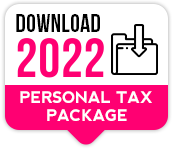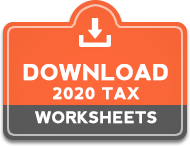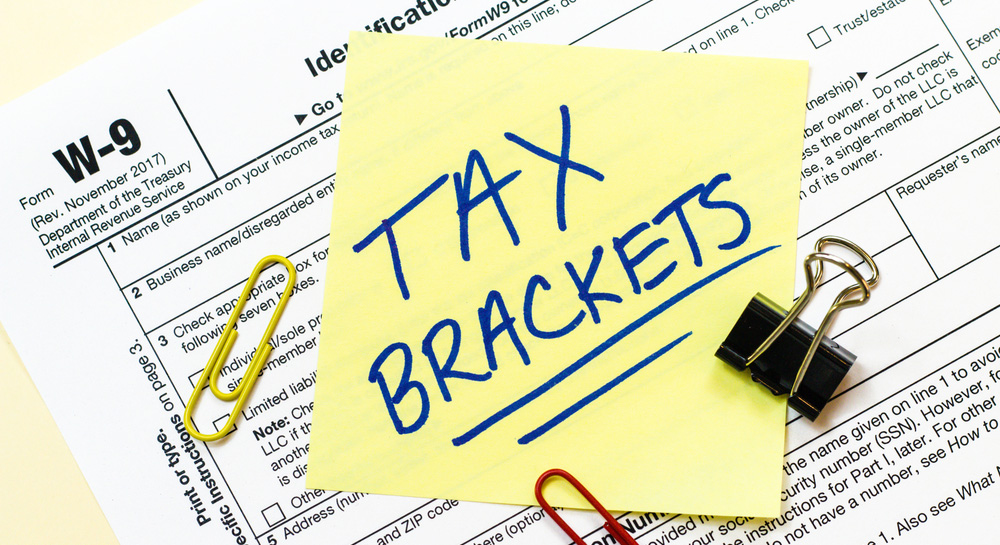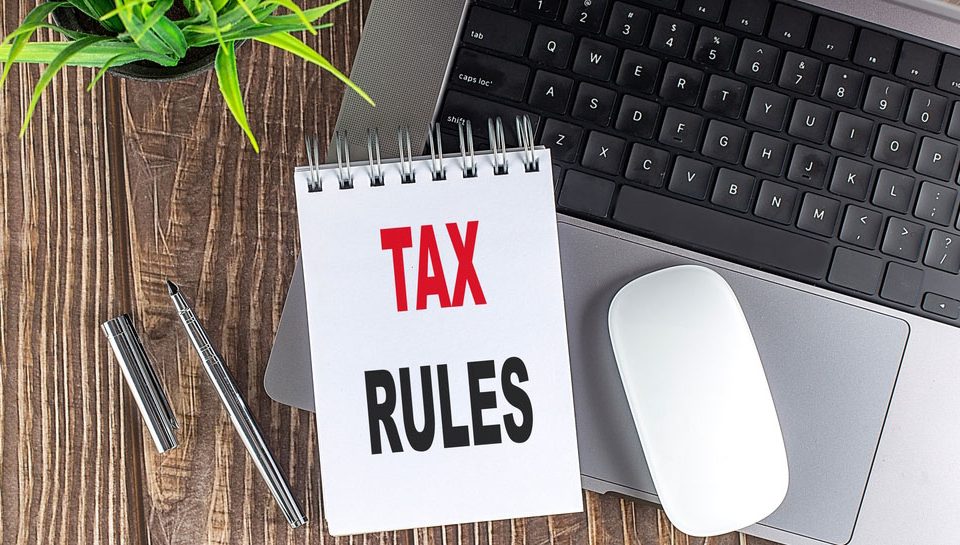Inflation adjustment factor
Each year, most income tax and benefit amounts are indexed to inflation. The CRA announced that the inflation rate that will be used to index the 2025 tax brackets and amounts will be 2.7 per cent. (Last year, that number was 4.7 per cent, as inflation was much higher). Increases to the tax bracket thresholds and various amounts relating to non-refundable credits take effect on Jan. 1, 2025, while increases in amounts for certain benefits, such as the GST/HST credit and Canada Child Benefit, only take effect on July 1, 2025, coinciding with the beginning of the program year for these benefit payments.
Tax brackets for 2025
For 2025, all five federal income tax brackets have been indexed to inflation using the 2.7 per cent rate. The new 2025 federal brackets are: zero to $57,375 of income (15 per cent); above $57,375 to $114,750 (20.5 per cent); above $114,750 to $177,882 (26 per cent); above $177,882 to $253,414 (29 per cent), with anything above that taxed at 33 per cent. Each province also has its own set of provincial tax brackets, most of which will also be indexed to inflation, but using their respective provincial indexation factors.
Basic personal amount
The basic personal amount (BPA) is the amount of income you can earn without paying any federal tax. Back in 2019, the government announced an increase of the BPA annually until it reached $15,000 in 2023, after which it was to be indexed to inflation.
As a result, for 2025, the increased BPA will be $16,129 meaning an individual can earn up to this amount in 2025, before paying any federal income tax. For taxpayers earning above this amount, the value of the federal credit is calculated by applying the lowest federal personal income tax rate (15 per cent) to the BPA, making it worth $2,419. (Because the credit is “non-refundable,” it’s only worth the maximum amount if you otherwise would have paid that much tax in the year.)
Canada Pension Plan contributions
For 2025, employee and employer Canada Pension Plan (CPP) contribution rates will remain at 5.95 per cent, but the “year’s maximum pensionable earnings” (YMPE), which is also called the “first earnings ceiling,” will increase to $71,300, while the basic exemption amount remains at $3,500. This increase was calculated in accordance with CPP legislation, and takes into account the growth in average weekly wages and salaries in Canada. This means the 2025 maximum CPP contribution will be $4,034.10 for each of the employee and employer portions. The self-employed CPP contribution rate remains at 11.9 per cent, and the maximum contribution will increase to $8,068.20.
You’ll recall, however, that as of this year (2024), a second CPP contribution rate and earnings ceiling was introduced called the “year’s additional maximum pensionable earnings” (YAMPE). It only affects workers whose income is above the first earnings ceiling.
The level of the second earnings ceiling is based on the value of the first earnings ceiling. For 2025, the second earnings ceiling will be set at an amount that’s 14 per cent higher than the first earnings ceiling. As a result, for 2025, pensionable earnings between $71,300 and $81,200 will be subject to “second CPP contributions” (CPP2) at an employee and employer rate of four per cent, with a maximum contribution of $396 each. The 2025 self-employed CPP2 contribution rate will be eight per cent, and the maximum self-employed contribution will be $792.
Employment Insurance premiums
Employment insurance (EI) premiums are also rising, with a contribution rate for employees of 1.64 per cent (1.31 per cent for Quebec) up to a maximum contribution of $1,077.48 ($860.67 for Quebec) on 2025 maximum insurable earnings of $65,700.
Tax-free savings account limit
The tax-free savings account (TFSA) limit will remain at $7,000 for 2025. That’s because the TFSA limit only gets increased when the cumulative effect of the annual inflation adjustments after 2009 (the year the TFSA began) is enough to push the limit to the next highest $500 increment. The indexed TFSA dollar amount for 2025 is now at $6,963, meaning that the limit gets boosted to $7,000, the closest $500 increment.
Registered Retirement Savings Plan limit
The Registered Retirement Savings Plan (RRSP) dollar limit for 2025 is $32,490, up from $31,560 in 2024. Of course, the amount you can contribute to your RRSP in 2025 is limited to 18 per cent of your 2024 earned income, which includes (self-)employment and rental income, up to the RRSP dollar limit of $32,490, plus any unused RRSP contribution room from 2024, subject to any pension adjustments.
Old Age Security (OAS)
If you receive Old Age Security, the OAS repayment threshold is set at $93,454 for 2025, meaning that your OAS will be reduced in 2025 if your taxable income is above this amount.
Prescribed rate
Finally, the prescribed interest rate for the first quarter of 2025 will be decreasing to four per cent. This is the “base rate,” and applies to taxable benefits for employees and shareholders, low-interest loans and other related-party transactions. The rate for tax refunds is two percentage points higher than the base rate, meaning that if the CRA owes you money, the rate of interest will be six per cent as of Jan. 1, 2025.
If you owe the CRA money, however, the rate the CRA charges is a full four percentage points higher than the base rate. This puts the interest rate on tax debts, penalties, insufficient instalments, unpaid income tax, CPP contributions and EI premiums at eight per cent come Jan. 1, 2025.
Editor’s note: An earlier version of this story stated the lowest 2025 tax bracket is $55,375. The correct figure is $57,375.









